And
The word "and" is one of the most common words in the English language. It is used to connect two or more words, phrases, or clauses. It can also be used to add emphasis or to indicate a sequence of events.
In this blog post, we will explore the many different ways that the word "and" can be used. We will also discuss some of the interesting history and usage of the word.
Main Content
1. The Basics of "and"
The most basic use of "and" is to connect two or more words. For example, we can say "the cat and the dog" or "she went to the store and bought some groceries." In these cases, "and" simply serves to indicate that the two things are related.
"And" can also be used to connect two or more phrases. For example, we can say "she went to the store and bought some groceries, and then she went home." In this case, "and" is used to show that the two actions happened in sequence.
Finally, "and" can be used to connect two or more clauses. For example, we can say "I like dogs and cats, but I don't like birds." In this case, "and" is used to show that the two clauses are related, but they are not necessarily sequential.
2. The History of "and"
The word "and" is thought to have originated in the Proto-Germanic language, which was spoken by the Germanic peoples in Northern Europe around 2000 years ago. The Proto-Germanic word for "and" was "andaz," which is pronounced similarly to the modern English word.
The word "and" was first used in written English in the 8th century. It was used in the same way that it is used today, to connect two or more words, phrases, or clauses.
3. The Interesting Usages of "and"
There are a few interesting usages of the word "and" that you may not know about. For example, did you know that "and" can be used as a verb? This is a relatively rare usage, but it is sometimes used to mean "to add" or "to combine." For example, you might say "I anded the two numbers together to get the answer."
Another interesting usage of "and" is as a conjunction of concession. This means that it is used to introduce a clause that expresses an idea that is contrary to what has been said before. For example, you might say "I know you're busy, and I'm sorry to bother you, but I need your help."
Conclusion
The word "and" is a versatile and useful word that can be used in a variety of ways. It is one of the most common words in the English language, and it is used in almost every type of writing.
If you are interested in learning more about the word "and," there are a number of resources available online and in libraries. You can also find a number of interesting articles and blog posts about the word "and" by searching for "and" on the internet.
Lettuce is a versatile and delicious vegetable that can be enjoyed in a variety of dishes. But did you know that there are certain plants that can help your lettuce grow better? That's right, companion planting is a great way to improve the health and productivity of your garden.
Some of the best companion plants for lettuce include:
- Carrots: Carrots help to loosen the soil and attract beneficial insects, such as ladybugs and lacewings, which eat aphids.
- Dill: Dill attracts beneficial insects and improves the health and growth of lettuce.
- Marigolds: Marigolds deter pests and can help to improve soil health. They can also be a trap crop for slugs.
- Radishes: Radishes are fast-growing and can help you mark rows of slower-growing lettuce. They also help to deter pests.
- Spinach: Spinach is a good companion plant for lettuce because it doesn't shade it out and can help to repel pests.
For more information about lettuce planting companions, visit Gardenia Inspiration.
FAQ of lettuce planting companions
Q: What are good companion plants for lettuce?
A: Lettuce is a relatively easy-to-grow vegetable, but it can be susceptible to pests and diseases. Companion planting can help to deter pests, attract beneficial insects, and improve the overall health of your lettuce plants. Some good companion plants for lettuce include:
- Carrots: Carrots help to loosen the soil and attract beneficial insects, such as ladybugs and lacewings, which eat aphids.
- Dill: Dill attracts beneficial insects, such as ladybugs and lacewings, which eat aphids. It also improves the health and growth of lettuce.
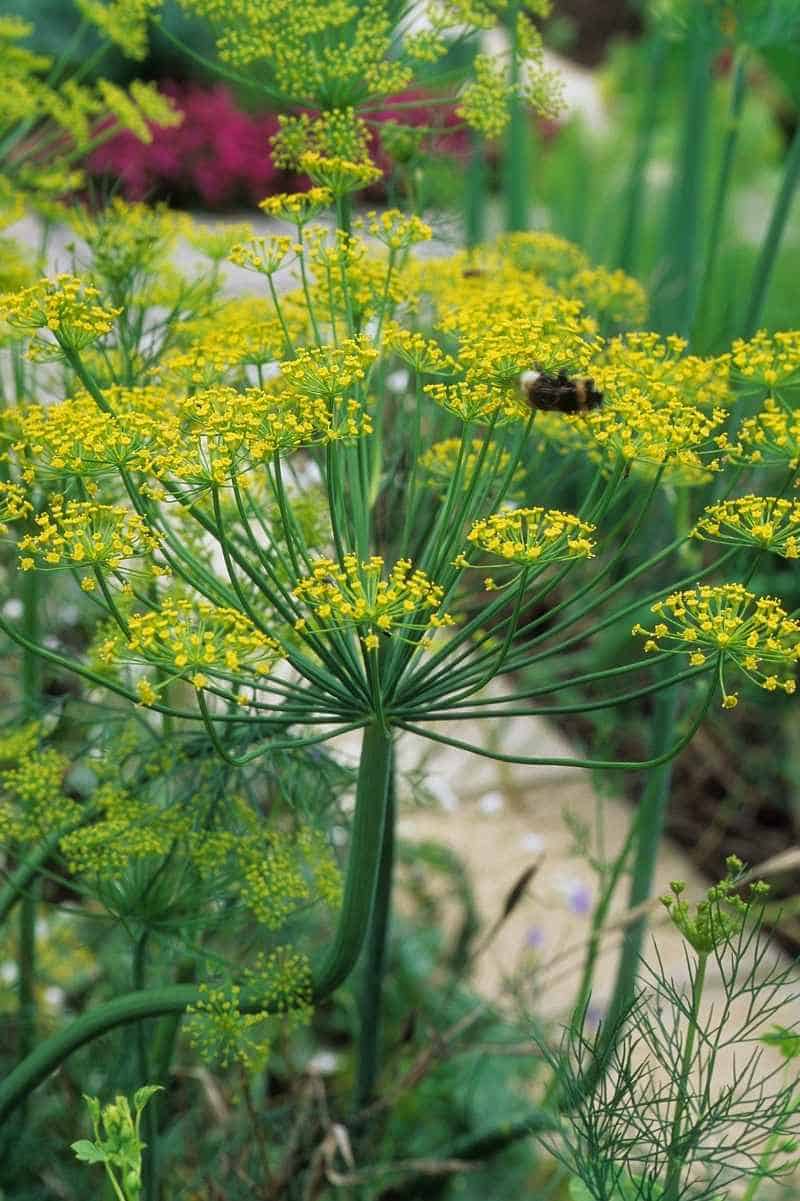
- Marigolds: Marigolds help to deter pests, such as nematodes and aphids, and can help to improve soil health. They can also be a trap crop for slugs: plant them close to lettuce to keep them safe.

- Radishes: Radishes are fast-growing plants that can be used to mark rows of slower-growing lettuce. They also help to deter pests, such as flea beetles.
- Turnips: Turnips naturally repel aphids, which can do serious damage to lettuce leaves. Plant turnips near lettuce to deter aphids from your lettuce crop.
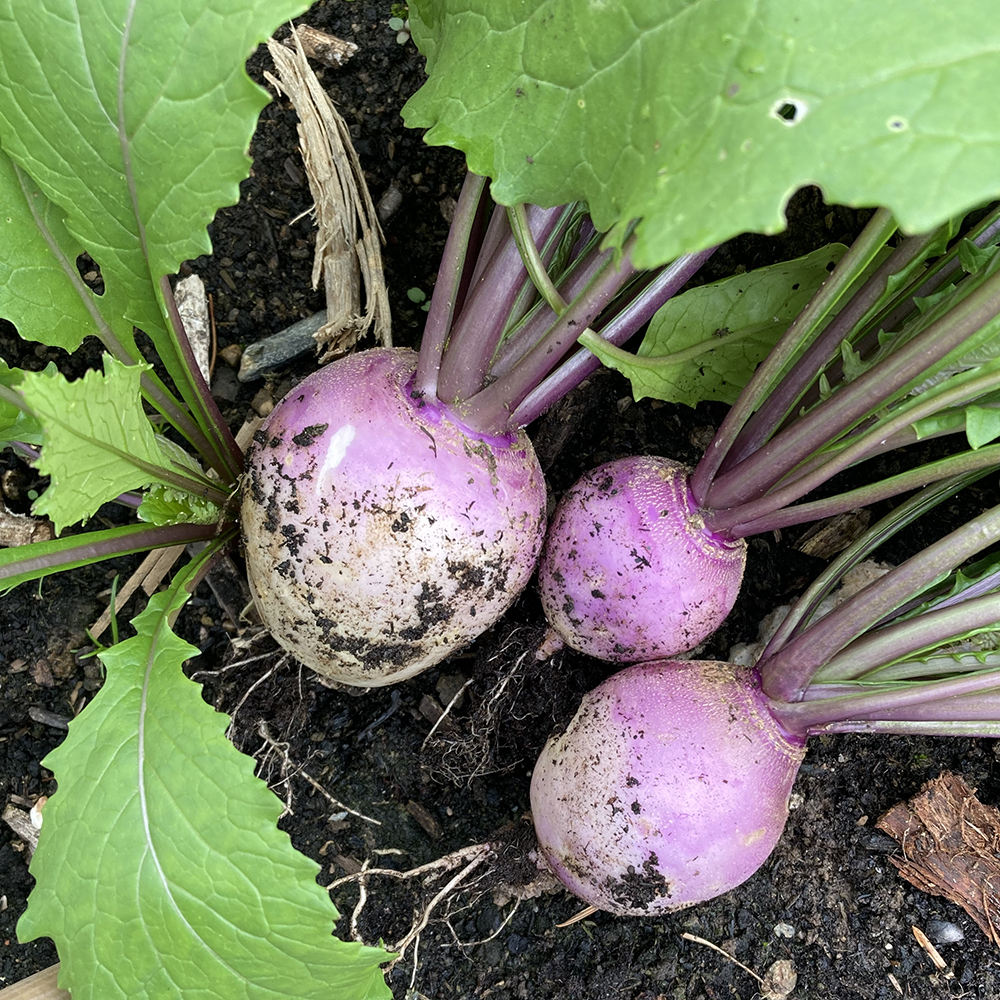
Q: What are some bad companion plants for lettuce?
A: Some plants should not be planted near lettuce, as they can compete for water, nutrients, or space. These include:
- Cabbage: Cabbage and other members of the cabbage family (such as broccoli, cauliflower, and kale) are susceptible to the same pests and diseases as lettuce. Planting them together can increase the risk of infection.

- Peas: Peas can release chemicals that inhibit the growth of lettuce.
- Tomatoes: Tomatoes attract the same pests as lettuce, such as aphids and slugs. Planting them together can make it more difficult to control these pests.
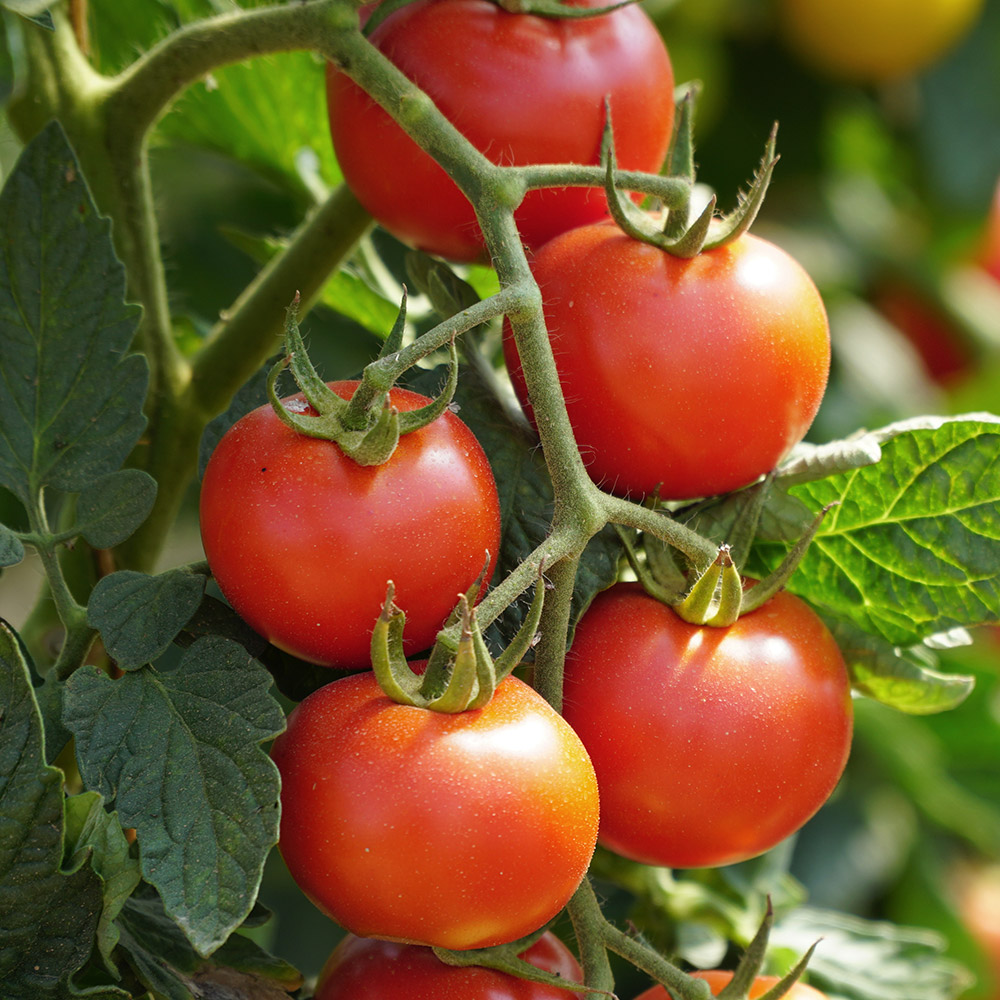
- Spinach: Spinach and lettuce have similar growing requirements, so planting them together can lead to competition for resources.

- Herbs: Some herbs, such as basil and mint, can be aggressive growers and can crowd out lettuce plants.

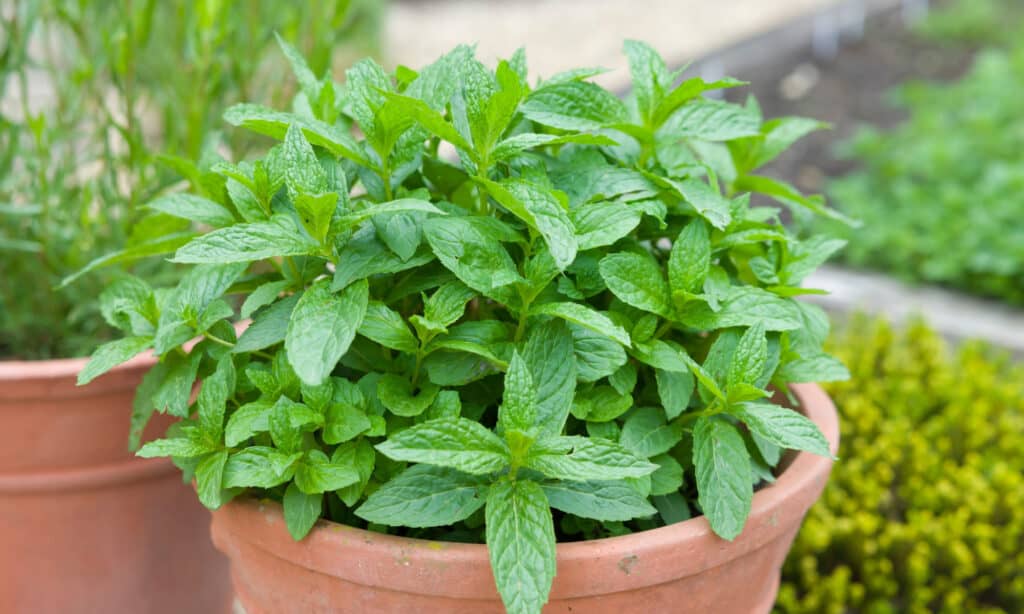
Q: How do companion plants benefit lettuce?
A: Companion plants can benefit lettuce in a number of ways, including:
- Attracting beneficial insects: Some companion plants, such as marigolds and dill, attract beneficial insects, such as ladybugs and lacewings, which eat pests that can damage lettuce plants.
- Reducing pest pressure: Other companion plants, such as chives and garlic, have strong scents that can repel pests, such as aphids and slugs.
- Improving soil health: Some companion plants, such as carrots and radishes, help to improve soil health by breaking up compacted soil and adding organic matter. This can benefit lettuce plants by improving their access to water and nutrients.
- Decreasing competition for resources: Companion plants that have different growing requirements can help to decrease competition for water, nutrients, and space. This can help lettuce plants to grow healthier and more vigorously.
Q: How far apart should lettuce plants be planted?
A: The spacing requirements for lettuce plants will vary depending on the variety of lettuce you are growing. However, most lettuce plants should be spaced at least 6 inches apart. This will give them enough room to grow and develop properly.
Q: When should I plant lettuce?
A: The best time to plant lettuce will vary depending on your climate. However, in general, lettuce can be planted in the spring or fall. If you live in a warm climate, you may also be able to plant lettuce in the winter.
Image of lettuce planting companions
- Carrots: Carrots and lettuce are both cool-season crops that grow well together. Carrots help to suppress the growth of weeds, while lettuce provides shade for the carrots' roots.
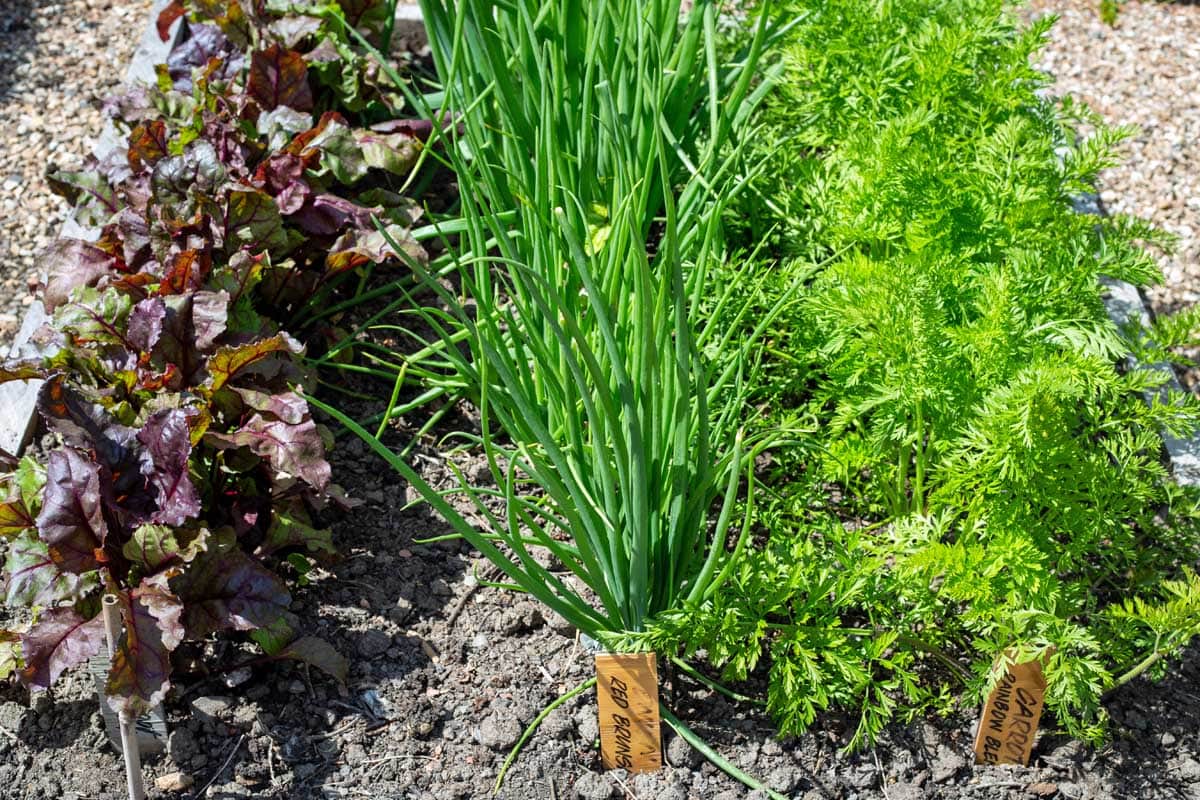
- Herbs: Herbs like basil, mint, and chives can be planted near lettuce to deter pests. Basil can also help to improve the flavor of lettuce.
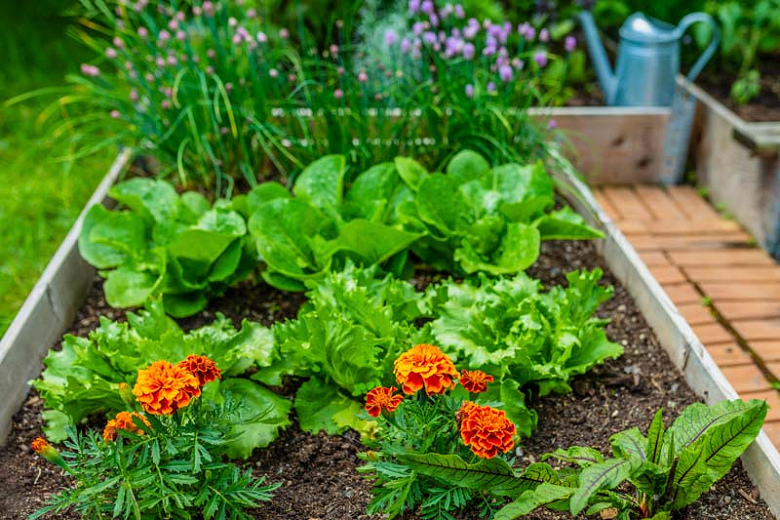
- Broccoli: Broccoli and lettuce can be planted together because they have similar growing requirements. Broccoli helps to repel pests, while lettuce provides shade for broccoli's roots.
- Peas: Peas and lettuce can be planted together because they both benefit from having their roots in cool, moist soil. Peas also help to fix nitrogen in the soil, which can benefit lettuce.
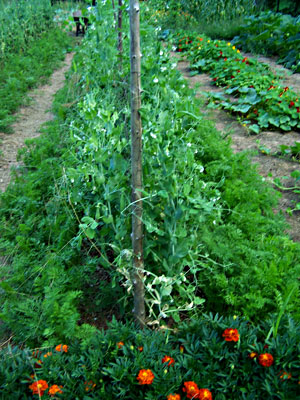
- Spinach: Spinach and lettuce can be planted together because they have similar growing requirements. Spinach can also help to suppress the growth of weeds, while lettuce provides shade for spinach's roots.

Post a Comment for "And"